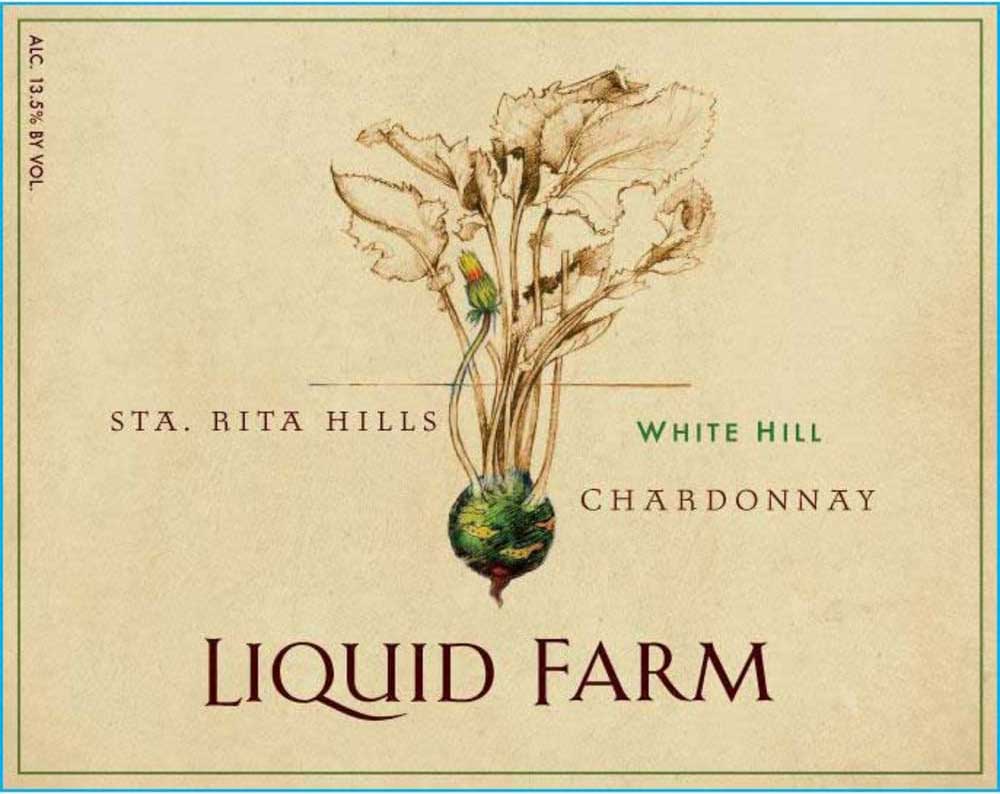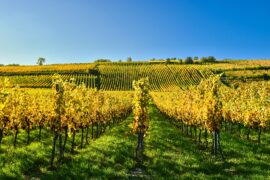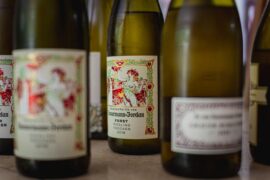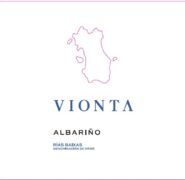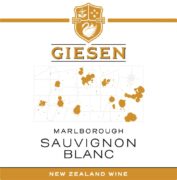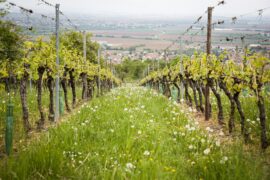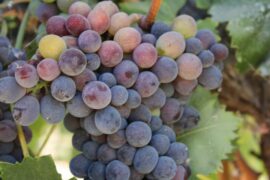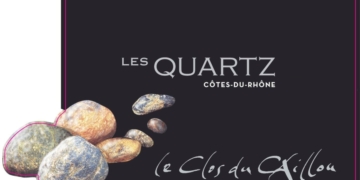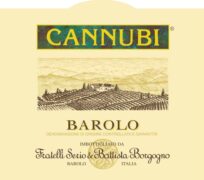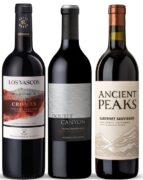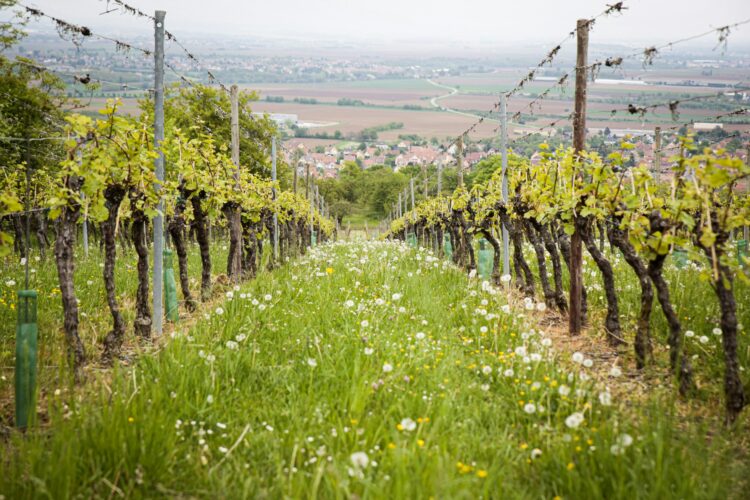Terroir is a French term often used in the world of wine to describe how a specific place influences the characteristics of the wine produced there. It’s a complex concept that encompasses the environmental factors, such as climate, soil, geography, and even human intervention, that together shape the flavor, aroma, and structure of the wine.
Climate
The climate of a wine region has a significant impact on how grapes grow and ripen. The three main types of climate are cool, moderate, and warm:
- In a cool climate, like parts of Burgundy or Germany, grapes ripen slowly and retain more acidity, resulting in wines that are often lighter, more refreshing, and higher in acidity, like Riesling or Chablis.
- In warm climates, such as California’s Napa Valley or Australia’s Barossa Valley, grapes ripen more quickly, producing wines with more sugar and, consequently, higher alcohol levels. These wines, like Shiraz and Zinfandel, are often fuller-bodied with ripe, bold fruit flavors.
Soil
The type of soil in a vineyard can affect the vine’s growth and the wine’s flavor profile. Some common soil types in vineyards include:
- Limestone: Known for producing wines with high acidity and minerality, like the wines from Champagne or Chablis.
- Clay: Retains moisture and is typically associated with full-bodied wines, such as Merlot from Bordeaux.
- Gravel and Sand: These soils drain well and warm up quickly, promoting early ripening and producing wines with softer tannins and more fruit-forward characteristics, like Cabernet Sauvignon from the Graves region of Bordeaux.
The relationship between soil and wine is deeply nuanced, and the same grape variety can express itself differently depending on the soil it’s grown in.
Geography and Topography
The geographical location and physical features of a vineyard—such as altitude, slope, and proximity to bodies of water—can influence grape growing and wine production:
- Elevation: Higher-altitude vineyards often produce wines with higher acidity due to cooler temperatures and slower ripening, as seen in regions like Argentina’s Uco Valley.
- Proximity to Water: Vineyards near large bodies of water, like the Mosel River in Germany, benefit from moderated temperatures, allowing grapes to ripen evenly and maintain balance.
Aspect refers to the direction a vineyard faces, which affects how much sunlight it receives. For example, south-facing slopes in the Northern Hemisphere tend to get more sunlight, allowing grapes to ripen more fully.
Human Influence
While terroir refers mostly to natural factors, human decisions also play a role. Winemakers choose the grape varieties best suited to their region’s terroir, manage the vineyard’s practices, and make decisions during fermentation and aging that can enhance the wine’s expression of terroir. For example, the use of oak barrels or techniques like biodynamic farming can influence the final product.
The Taste of Terroir
Terroir can be expressed in the taste of the wine through flavors that are linked to the environment. For example:
- Wines from volcanic soils, such as those in Sicily or Santorini, often have a distinctive minerality.
- Wines from regions with chalky soils, like Champagne, may have a crisp, mineral-driven profile.
- The cool climate of the Willamette Valley in Oregon tends to produce Pinot Noir with earthy, floral, and red fruit flavors that are unique to that region.
Old World vs. New World Terroir
When exploring wine, you may come across the terms “Old World” and “New World” to describe different styles of wine. These terms refer to the geographical origins of the wine and the winemaking traditions in those regions. Read the full article about the differences between old and new world wines here.
- Old World wines (from Europe) tend to emphasize terroir more, focusing on how the environment shapes the wine’s character. These wines often showcase subtle earthy or mineral notes, like a Bordeaux or Barolo.
- New World wines (from places like the U.S., Australia, and Chile) are often more fruit-forward, with less emphasis on terroir and more focus on modern winemaking techniques. However, regions like Napa Valley and Marlborough are gaining recognition for their unique terroir expressions.
Terroir is what makes each wine unique, offering a true sense of place in every glass. It connects the vineyard to the bottle, making each wine a reflection of its natural environment and winemaking heritage.



